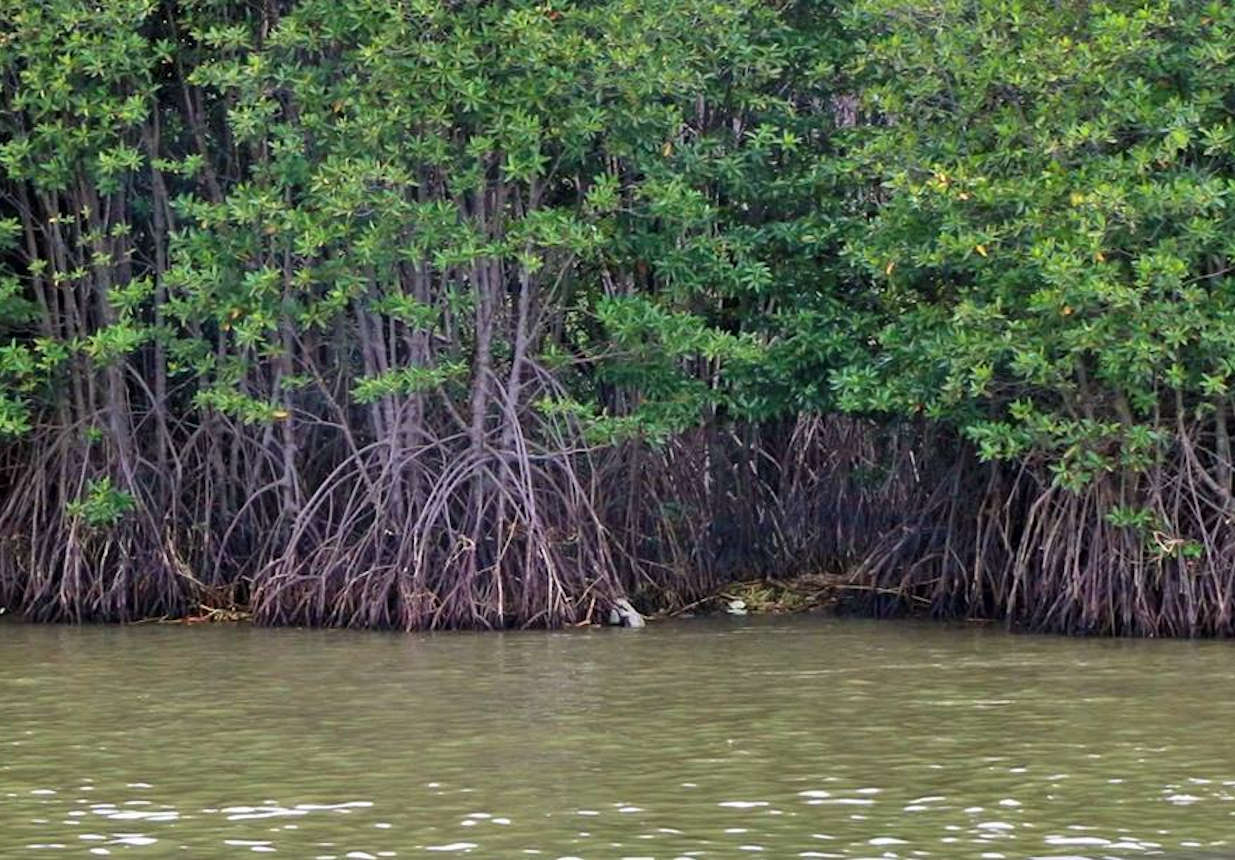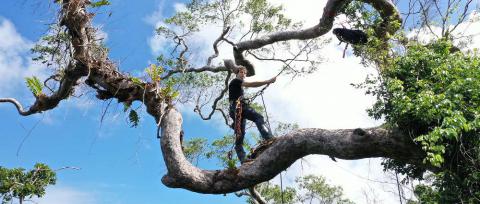
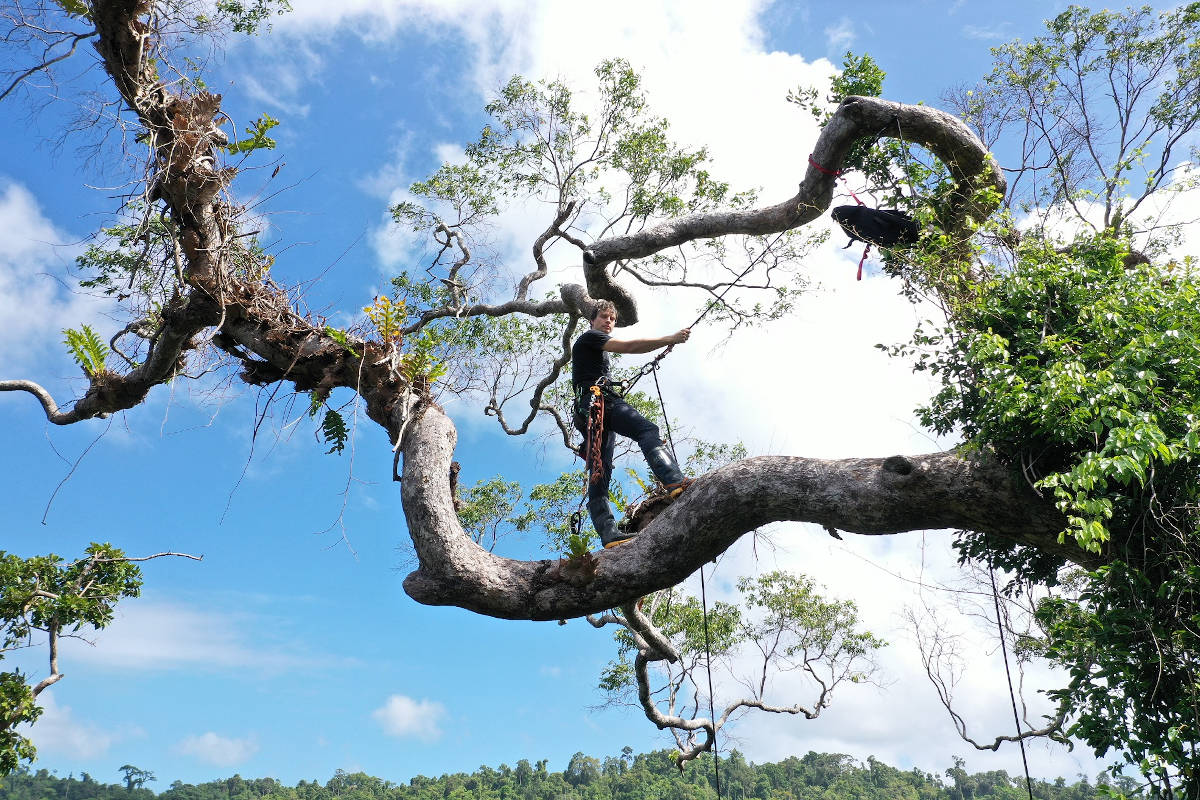
Developed by a US-based NGO of the same name, Rainforest Connection uses IoT to help prevent illegal logging and poaching activities.
Telecoms is inherently a green business: In so many ways, it helps people and industries reduce their carbon footprint, connecting people through technology and eliminating the need or use of travel. Through teleconferencing, live streaming, e-commerce and more, the industry connects and helps minimize greenhouse gas emissions that contribute to global warming.
As the country’s largest integrated telecommunications company, with energy as a necessary resource to deliver their services, PLDT Inc. (PLDT) along with its wireless unit Smart Communications, Inc. (Smart) actively ensures that it uses energy responsibly. As greenhouse gas emissions arise from energy consumed by its network in operation, in the establishments they run, and emissions from transport, the group aims to protect the planet through technology-based carbon footprint offsetting programs.
“To achieve this, we formed environmental alliances with government, academe, and NGO partners throughout 2020, for initiatives that leverage on digital technology and PLDT-Smart's robust network,” PLDT Chairman and CEO Manuel V Pangilinan says.
Carried under the environmental stewardship program Gabay Kalikasan, these aimed to champion eco-efficiency while helping various communities curb the effects of climate change. “We at PLDT-Smart believe that everything is interconnected when it comes to the environment, and that business response to climate change issues will have an effect on how the present and future generations will live their lives,” PLDT Group Chief Sustainability Officer Chaye A. Cabal-Revilla says.
Marine protection with UPMSI

PLDT supports research studies for 24 marine protected areas nationwide and a marine renewable energy program with UPMSI and MERF scientists, in collaboration with partner LGUs.
The company kicked off 2020 with a partnership with the University of the Philippines Marine Science Institute (UP MSI) and Marine Environment & Resources Foundation (MERF). Under the project, PLDT supports research studies for 24 marine protected areas nationwide and a marine renewable energy program with UPMSI and MERF scientists, in collaboration with partner local government units.
The research program aims to help develop activities to enhance the conservation of these marine protected areas. Moreover, the research program also provides scientific basis so that the enhanced marine protected areas will also have the added benefit of helping fight climate change by acting as carbon sinks.
IoT solutions to protect forests and mangroves
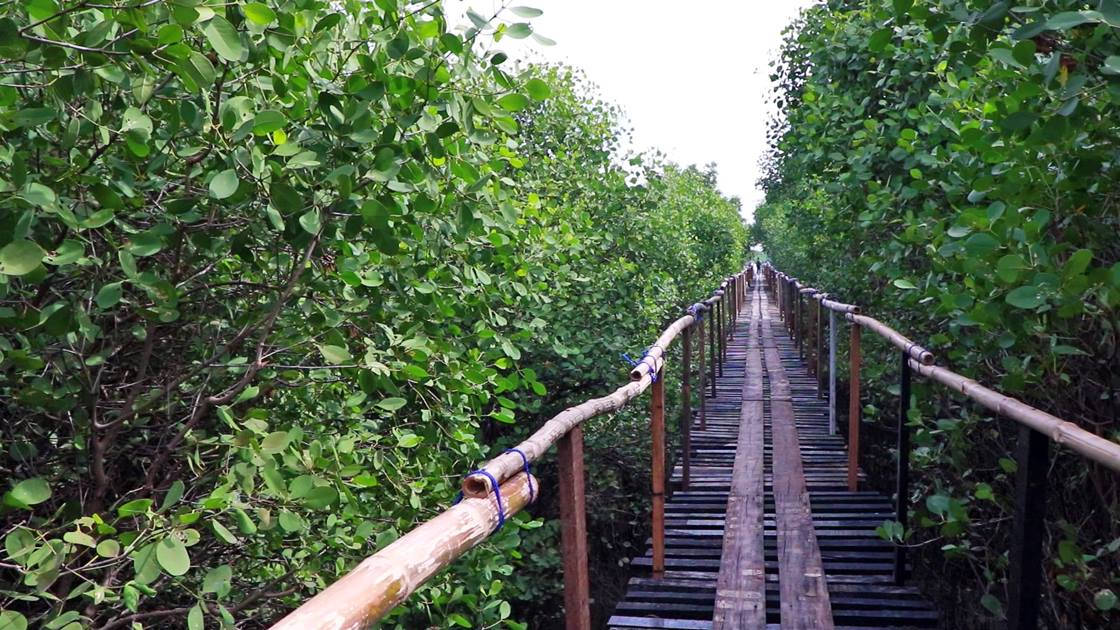
Gabay Kalikasan will scale up Connected Mangroves, developed by network partner Ericsson and initially deployed in Sasmuan Bangkung Malapad Critical Habitat and Eco-tourism Area in Pampanga in 2017.
In the area of reforestation, Smart launched in summer of 2020 a landmark initiative with the Department of Environment and Natural Resources (DENR) and Huawei Technologies Philippines (Huawei) for an Internet of Things (IoT) solution that taps mobile technology to detect and record rainforest sounds that can help prevent illegal logging and poaching activities in the country’s rainforests.
Developed by a US-based NGO of the same name, Rainforest Connection (RFCx) makes use of old cell phones to monitor and record illegal logging sounds of priority forest areas identified by the DENR. The bio-acoustics are then uploaded to a cloud service using Smart connectivity and information can be accessed via the Rainforest Connection mobile application.
Rainforest Connection is similar to Connected Mangroves, developed by network partner Ericsson and deployed in Sasmuan Bangkung Malapad Critical Habitat and Eco-tourism Area in Pampanga. This IoT for mangroves protection uses wireless connectivity to collect critical data relevant to mangroves survival such as water level, temperature, soil moisture, and other hazards in the site. The information, which is being collected by the mangrove sensor system is transmitted over a cloud system to a dashboard accessible to the local communities and authorities.
Initially launched in 2017, Gabay Kalikasan will scale up Connected Mangroves. Along with Rainforest Connection, it became a case study in the 2020 Digital Dividends report of GSM Association. The group previously recognized Connected Mangroves in the 2019 Case for Change initiative as the global mobile industry's solution to achieving the UNSDGs.
Pioneer partnership for peatlands conservation
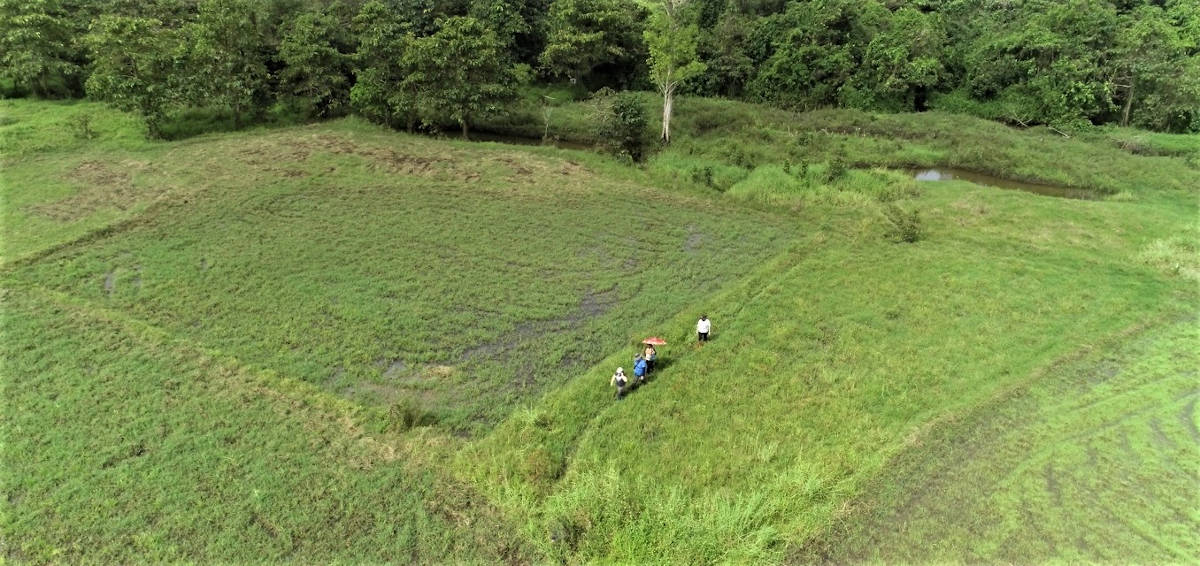
In February 2020, reps of the PLDT-Smart and DENR Biodiversity Management Bureau visited the Caimpugan Peatlands in Agusan Del Sur in line with their peatlands conservation program.
PLDT-Smart signed another pioneer initiative in 2020 for its partnership with DENR, through its Biodiversity Management Bureau and CARAGA Regional Office to protect, conserve and restore the Caimpugan Peatland in the Agusan Marsh Wildlife Sanctuary (AMWS). Located in Agusan del Sur, the Caimpugan Peatland holds the only recorded remaining intact peat swamp forest—the largest of its kind—in the Philippines.
“As the first private company in the Philippines to engage with DENR on peatlands conservation, we at PLDT will contribute our expertise to produce innovations that can help conserve and restore these ecosystems,” Cabal-Revilla says.
Designated as a Wetland of International Importance by the Ramsar Convention inter-governmental treaty on wetlands, AMWS is also recognized as a Heritage Park by the ASEAN and legislated as a National Park by the Philippine government. Peatlands can store twice as much carbon as all the world’s forests combined. However, its crucial role in mitigating climate change, as well as the huge costs that arise when these natural carbon sinks are damaged, remains largely overlooked.
“Now is the time to change the course of conversation and steer our collaborative efforts towards creating a climate-resilient future,” Assistant Secretary for Climate Change and concurrent Biodiversity Management Bureau (BMB) Director Ricardo Calderon says.
PLDT-Smart's sustainability framework
Gabay Kalikasan represents PLDT-Smart’s Effective Environmental Stewardship sustainability pillar, one of the seven that make up the company’s Sustainability Framework. The other pillars are Awesome Customer Experience and Quality of Service, Growth-driven Innovation, Responsible and Efficient Operations, Excellence through Human Capital, Positive Community Impact, and Good Governance & Ethical Business Practices.
For more information on PLDT-Smart's environment partnerships, visit www.pldt.com, follow Gabay Kalikasan on social media, or send an email to ChiefSustainabilityOffice@pldt.com.ph.
